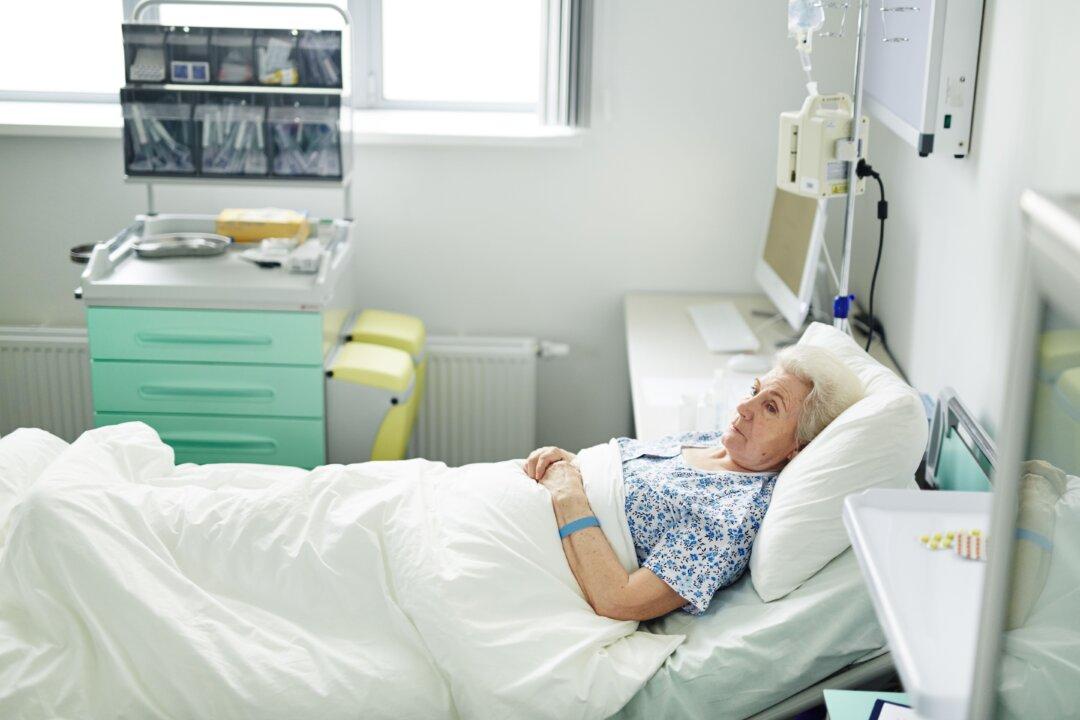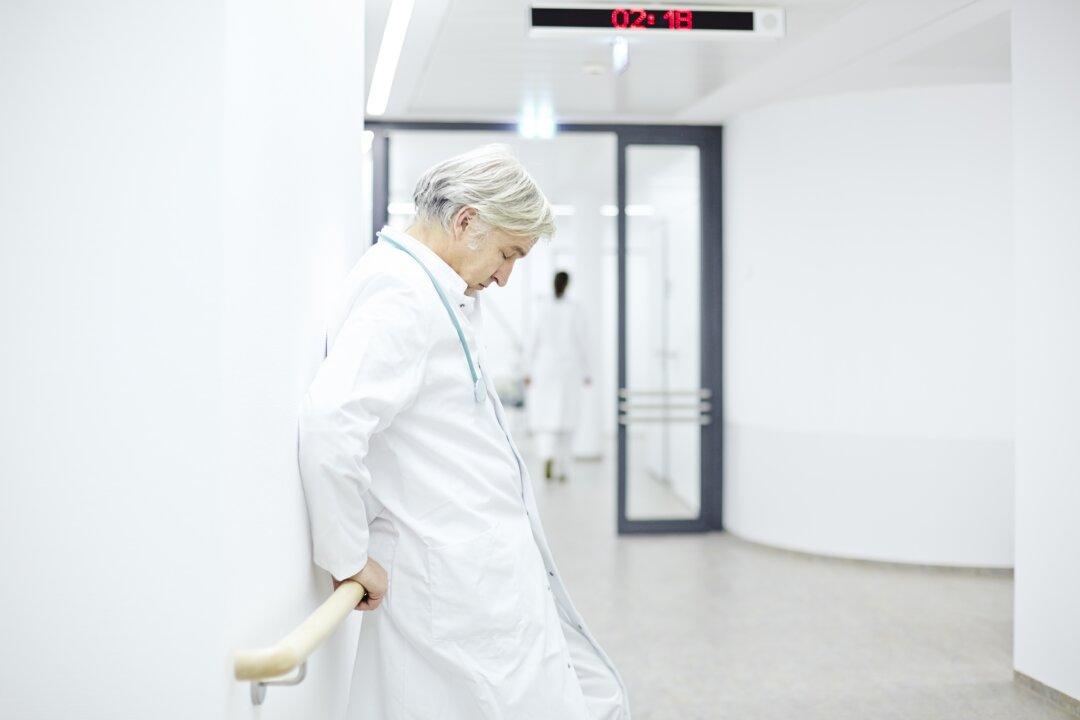When Kea Turner’s 74-year-old grandmother checked into Virginia’s Sentara Virginia Beach General Hospital with advanced lung cancer, she landed in the oncology unit where every patient was monitored by a bed alarm.
“Even if she would slightly rollover, it would go off,” Turner said. Small movements—such as reaching for a tissue—would set off the alarm, as well. The beeping would go on for up to 10 minutes, Turner said, until a nurse arrived to shut it off.




